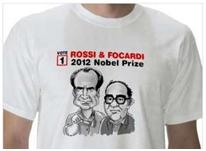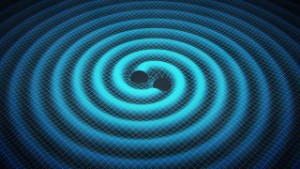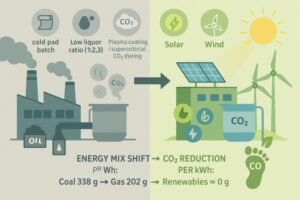Is the e-cat real II. The fading dream for free and abundant energy
During the last two years the Italian inventor Andrea Rossi has nourished the dream of cheap and abundant energy. Rossi claims nothing less than having developed a new energy producing device, based on LENR (low energy nuclear reaction) called energy catalyzer or e-cat.
In the time of peak oil, cheap and abundant energy could solve a global energy crisis. Such an energy source could as well possibly solve the world´s water supply problems, and desalination of sea water could become a commercially viable option.
 Fans honor Rossi like a rockstar wearing T-shirts calling for a Nobel prize.
Fans honor Rossi like a rockstar wearing T-shirts calling for a Nobel prize.
Some enthusiasts started chilling champagne bottles for the big e-cat party already one year ago. Hank Mills, Pure Energy Systems News[i] summarized on Dec.30, 2011“As 2012 approaches, it is clear that nickel-hydrogen cold fusion technology is going to change the world, as the production of a million E-Cat home units is planned. “ and further stated enthusiastically”The Proven Reality of E-Cat Technology”.
We believe that this judgment was a little premature. While we truly acknowledge that serious and good research has been made in more than 20 years of LENR research by honest and professional scientists, there are too many question marks and inconsistencies linked with the e-cat.
To read the full article, please login. The full content of this article and all premium articles is available exclusively for site members.
Site membership is free. If you are an existing user, please login. New users may register below.


